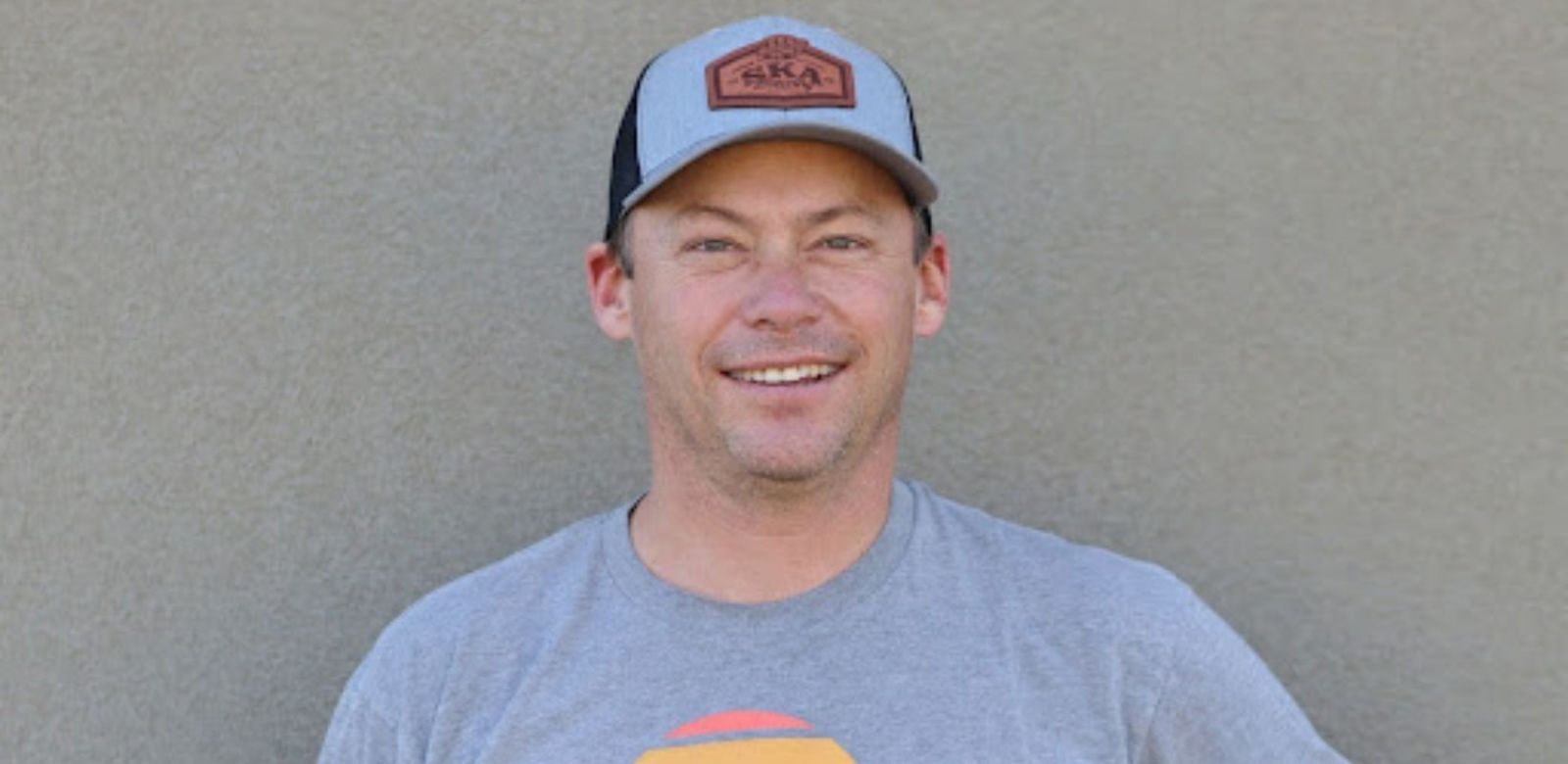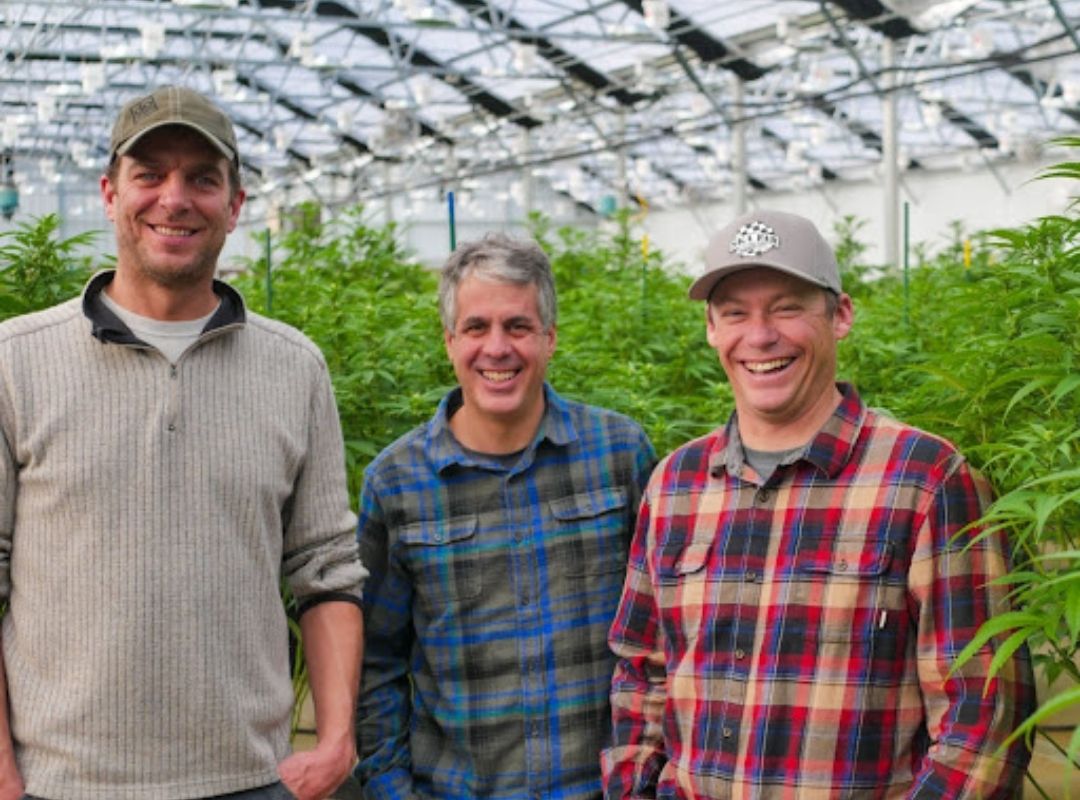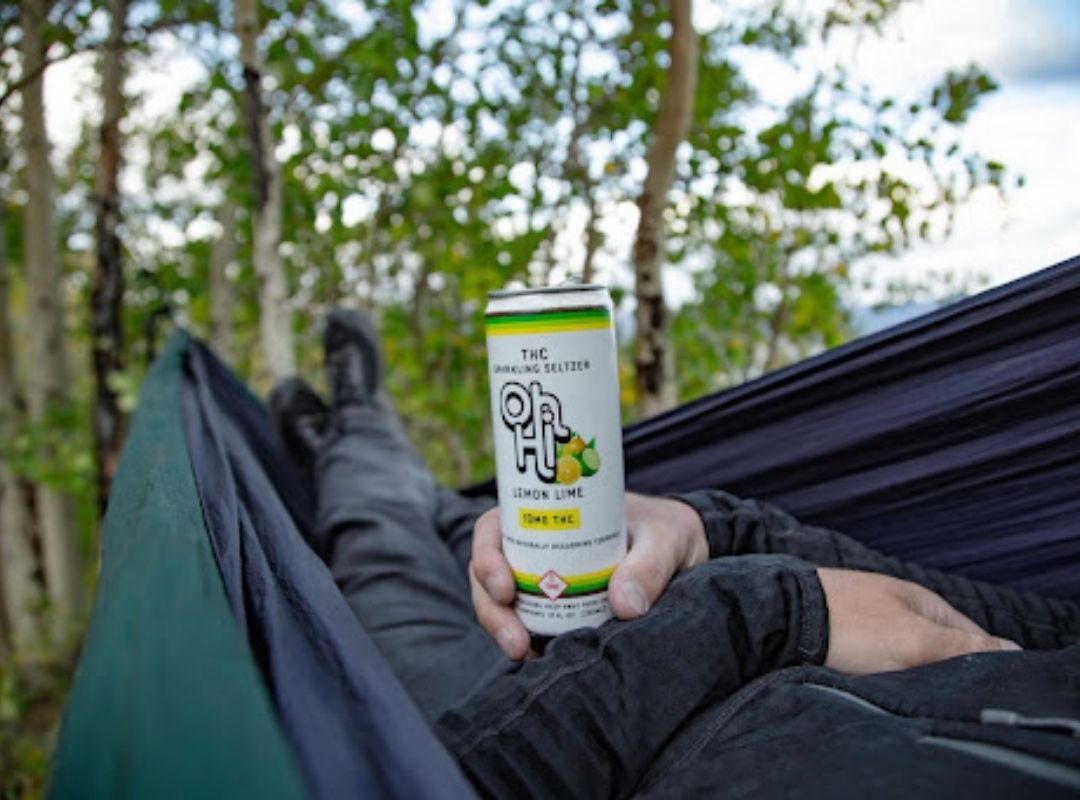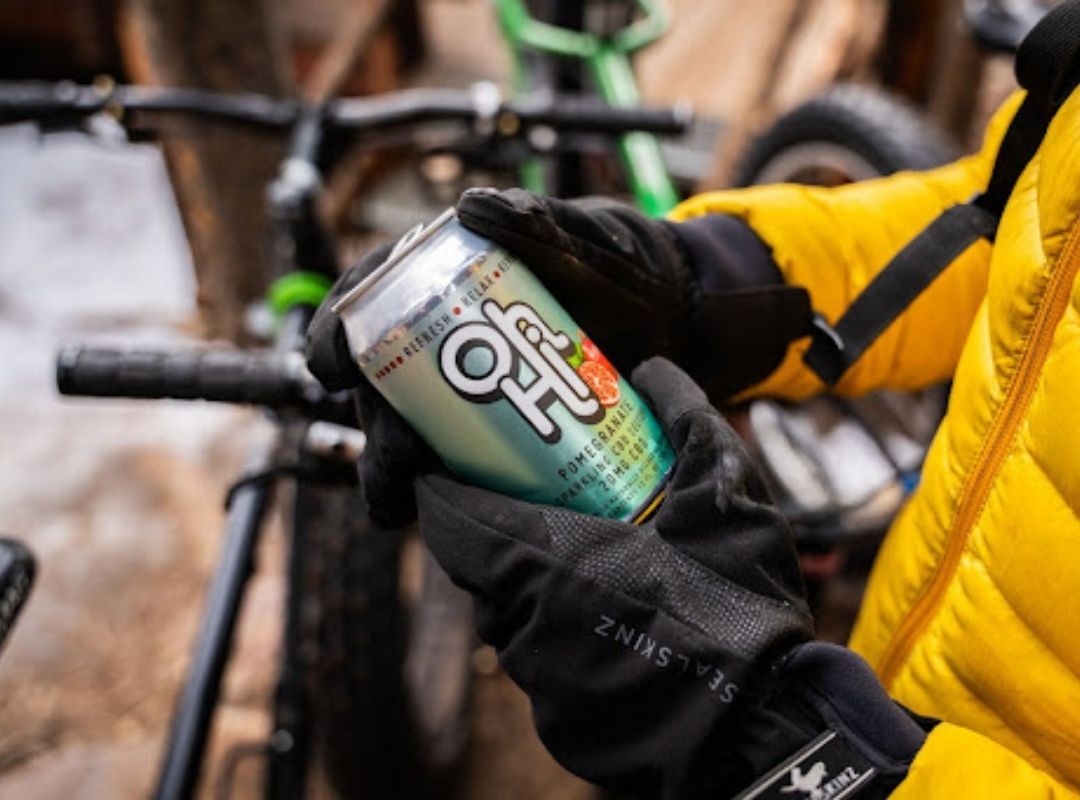
Producer Profiles
Consumer Education is Key- Says Matt Vincent
Matt Vincent, Co-Founder of OH-Hi Beverages, shares his experience working in Canna- Beverage Industry and what stood out for him.
Since 1997, Matt Vincent has worked for Ska Brewing in the craft brewing business. He founded Ska Fabricating in 2012 to help small craft beverage businesses package their products more effectively and affordably than was previously possible. In addition, he co-founded Oh Hi Beverages with two cannabis industry partners, Aaron Miles and Jonny Radding, the co-owners of Durango Organics, in 2019. As a push into a new area of beverages, leveraging his experience and relationships in beverage development and production to bring their products to market.
[[relatedPurchasesItems-36]]
Matt Vincent - I want to preface this with a note that we have a THC line of products and a CBD line of products. These answers are more directed towards the THC side of the business, as we initially launched. We recently did a national launch of the CBD line with Republic National Distributing. They are two distinct businesses, and while we thought there would be similarities between the businesses, they are, in fact, very different. We essentially have to run the businesses separately. The CBD line is more traditional for distribution in retail channels (C-stores, Chains, Liquor stores, etc.), and the THC is only sold in recreational dispensaries. If I were speaking to the CBD line, many of these questions would have different answers. This was also part of the learning curve for us as a business. We are still learning how to navigate/sell the CBD line and launch it on a national scale.
Tell us a little about yourself. What made you decide to start making cannabis beverages with Oh Hi?
I have a background in craft beer and am an owner of Ska Brewing Company and Ska Fabricating, both based in Durango, Colo. In 2017, Aaron Miles and Jonny Radding, the founders of the dispensary chain Durango Organics, approached me about bringing my beverage experience and their cannabis expertise to produce a cannabis beverage. At the time, I had not heard of such a thing. I didn’t realize that beverages were an option for cannabis. I was blown away by the concept and immediately jumped on board. Together we debuted Oh Hi and our lineup of CBD and THC seltzers. Their experience with the recreational market was beneficial in navigating the launch of the THC line.

OH -Hi Beverages Ownership team. Aaron Miles(left), Jonny Radding(center), Matt Vincent(right)
Being the Co-founder of Oh-Hi Beverages, what does your day look like?
We have a great team in place at Oh Hi, so the owners are responsible for focusing on the vision and growth of the brand. My day-to-day includes a lot of networking, sales strategy, and market research.
Given your successful past in the brewing industry, how has your experience aided you in transitioning to the cannabis market?
My experience in craft beer is more on the production side of things, which made for an easy transition. Developing a recipe and putting it in a can was the easy part. Some of the marketing aspects translate over from beer, but the advertising and distribution laws around cannabis don’t translate. Moving into cannabis, I thought there would be more crossover, so that has been a learning experience for me.
What stood out to you about the cannabis industry? What distinguishes it from the industry in which you previously worked?
The cannabis industry is very different from craft beer. While today's cannabis culture slightly harkens back to the early 90s craft beer market, technology has come so far, and the cannabis landscape calls for new go-to-market strategies. With craft beer, you could jump in a truck and sell beer right out of the trunk of your car. That's not the case with cannabis. There is more legislation and different requirements for cannabis, so the selling process is very different. It's been fascinating and VERY different. We are in Colorado, and THC distribution laws vary from state to state. Every state's laws are different, making breaking into new states more of a learning process for every state.
Transitioning into the cannabis space, I quickly learned those differences. What stands out the most today are those challenges in navigating the laws and the differences in the culture and the people, from the wholesale side down to the customer experience. For example, it's essential to make products and market a brand that resonates with budtenders. If they don't like your product, they aren't going to sell it.
What challenges did you experience when you first started in this field?
Navigating the legal side of things was the biggest challenge. Fortunately, my partners were well versed and had a compliance team that could help with this, but I was blown away by the tediousness of what we had to go through to do something that I thought would be relatively simple and straightforward.
Additionally, sourcing THC when we first launched was a challenge, as there weren’t a lot of water-soluble options available. At the time, those on the market were all still in the developmental stage. The other challenge we experienced was the high minimum quantities for ordering, both THC and ingredients. We were a startup, and we needed to have the smallest cash outlay possible, so finding companies that would deal with small volume purchases limited who we could do business with.
How did the pandemic affect your business, and what efforts did you take to deal with it?
We struggled through the pandemic. We saw a brief drop in sales initially, but they eventually picked back up. We are a small team, so the effects of the pandemic were not difficult from an operational standpoint. Our biggest hit was in-store promotions. We were no longer able to do pop-ups at dispensaries. That hurt the most, given that we were a new brand and our products at the time required a lot of handselling. Colorado doesn’t have at-home delivery for cannabis, so we had to navigate how to get in front of people with this new product when everyone was social distancing, and many dispensaries were closed or running limited hours. We shifted our strategy to digital, using online platforms for orders, but they still required you to pick them up from the store. Essentially the pandemic eliminated the in-person touch to sales, making it challenging to introduce Oh Hi and educate the market on who we are and the benefits of the new cannabis beverage category.

What is the best way to educate the new consumer? What is the marketing procedure? How do you plan on expanding?
We are just now starting to do pop-ups again, so we’re excited to get in front of people and have the opportunity to talk about this new category and Oh Hi. Education and incentives are a big piece of our marketing plan, especially for budtenders and salespeople who are crucial to growth. They are essentially the sales channel in Colorado. In addition, working with the purchasing managers to negotiate pricing structures to sell the customer volume helps greatly.
Where do most of your sales come from? What age groups consume your beverages the most?
Millennials seem to be our demographic. Given that our primary product is a low dose, single-serve beverage, we resonate most with new users and casual customers looking for interesting and familiar ways to take a small dose of THC. This is not a product for a seasoned cannabis user. They typically want high dosage products, and while we make a 100mg line of products, the seltzers don’t appeal to them.
What e-commerce platforms do you use for marketing your beverages?
We use platforms like Dutchie for retail sales and Sparkplug for budtender incentives. We only do in-store pickup, so we see less traffic from Dutchie as everything opens back up.

Which SKU sells the most? What kind of data do you work on when deciding which SKU to launch? If you could tell us?
Oh Hi’s THC Pomegranate Seltzer is our number one seller. When deciding on a new product to launch, we look at trending flavors. Some of it is just plain old personal preference. So we ask ourselves, “what do we want to drink?”
What is the demographic of your target market? How do you explore new markets for your beverages and focus on business development?
Casual consumers, Canna-Curious users, low dosage users, and sober curious people. Oh Hi’s lineup is an excellent option for people getting introduced to cannabis because drinking to feel an effect is a familiar experience from alcohol. And on the flip side, it’s also a great alternative to alcohol in social settings. You still maintain the fun social aspects of drinking a delicious and interesting beverage around other people without getting the negative effects of alcohol.
We are always looking at what new markets are going legal. Expansion can be complex as it is a capital-intensive investment. Because of the niche product we make, it’s also hard to justify a sole facility for the production of a single line of beverages. We are constantly searching out potential partners that are interested in co-packing. Co-packing makes sense to best utilize the capital equipment purchases. Given that you can’t cross state lines developing partnerships in multiple states is an avenue for production.
Do you have any forthcoming releases at Oh-Hi?
We are releasing a new flavor in May! Sign up for our newsletter to stay in the know at OhHiTHC.
Which is your favorite Oh-Hi THC-infused Seltzer, and what is the perfect setting you enjoy it in?
I personally am a low dosage consumer, so I like to share the drink and mix it into a mocktail-style drink. I really like all the flavors and use different recipes based on the mixers available and the setting I am in. So here’s a recipe for a mocktail mule that I’m looking forward to making once it warms up a bit this spring and summer.
Blazin’ Ginger Mule
.25 oz fresh lime juice
1 dash of bitters
1 lime wedge
6-8 oz. Oh Hi Ginger Basil Limeade
Build all ingredients in a copper mug. Add ice and lime wedge.
Interviewed By Aakriti Rawat, Beverage Trade Network



